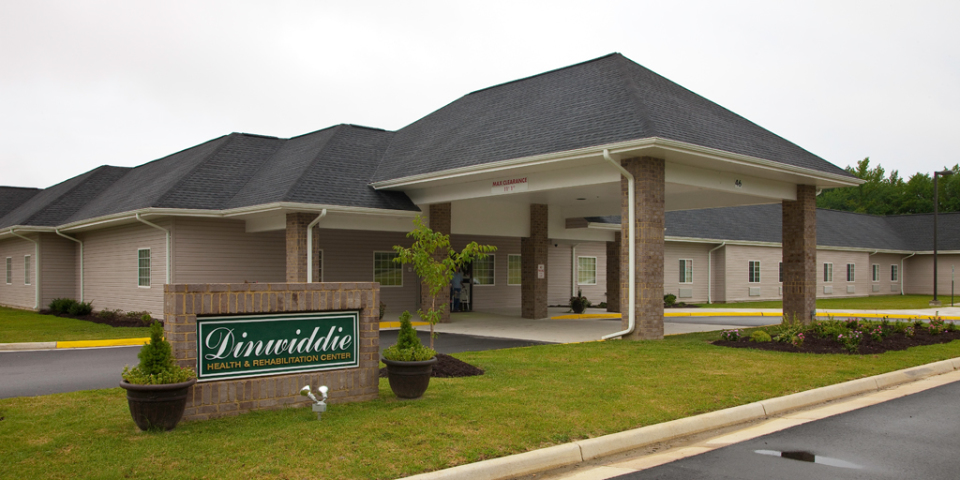Christian Drug Counseling Sharonville OH
Home
Top Christian Drug Counseling Sharonville OH
Finally, decision-making processes are implicated in the relapse process as well. The stifling darkness that people often find themselves in due to the destruction that drugs and alcohol have caused does not have to be a lasting darkness. Do you take drugs more frequently than you’ve planned? Treatment was the best thing that ever happened to me and truly did help save my life. Although intake coordinators will ask you a list of questions when you call, keep in mind that you have the liberty to ask questions of your own to be sure you’re choosing the best facility to meet your needs. After understanding the matter’s depth and dynamics, they will refer the concerned to a correctional facility based on: the nature of drug use, the current stage of the patient the most appropriate treatment option 1-800-269-4237 National Inhalant Prevention Coalition (NIPC) Based in Tennessee, The National Inhalant Prevention Coalition hotline provides wide-ranged assistance by referring you to your nearby facilities.
Chances are very strong they will survive the experience, even if you leave them there for quite a long time, and the reality of spending days or even weeks in jail may be just the hard slap they need. If after answering a series of questions, the representative believes you have an addiction problem, he or she will help you find the right treatment option.
Here are Some More Resources on Christian Drug Rehab Ministries

More Information About Christian Drug Rehab Centers Sharonville OH
In addition to the alcoholism, other worrisome behaviors — suicidal thoughts/actions, aggression, violence, etc. — may be present. Boys are encouraged to trust God and seek His purpose in their lives. Jackie loves a memory, that’s all, and what good did love ever do anybody anyway.†― , Like “I created this prayer collection to offer ways for people to bring about change in their lives. The Recovery Place: Fort Lauderdale, FL Call: (800) 506-5834 The Recovery Place is located in Fort Lauderdale, and offers the perfect amount of variety in its programs, so that there is something for everyone.
Below are Some More Resources on Spiritual Rehab Centers
Changes in your brain interfere with your ability to think clearly, exercise good judgment, control your behavior, and feel normal without drugs. In fact, according to the Mayo Clinic, nearly 20 million Americans 12 and older have engaged in illegal drug use.
Even more Details Around Christian Drug Rehab Centers Sharonville OH
If you are in a work-study type program there is usually 8 hours of work daily with Sundays for rest along with the regular treatment program. The only conclusion is death or damage to an individual’s health. A teenager's early experimentation might be minor, but it can still have a damaging effect on their developing brain. These include: Having bloodshot eyes or dilated pupils; using eye drops to try to mask these signs Skipping class; declining grades; suddenly getting into trouble at school Missing medications, prescriptions, money or valuables Acting uncharacteristically isolated, withdrawn, angry, or depressed Sudden mood changes or repeated health complaints, constant fatigue Dropping one group of friends for another; being secretive about the new peer group Loss of interest in old hobbies; lying about new interests and activities Demanding more privacy; locking doors; avoiding eye contact; sneaking around 7 steps parents can take to curb teen drug use Talk openly about the dangers of both illegal and prescription drug use with your kids.  Providing a safe and open environment to talk about these issues can make a real difference in the likelihood that they’ll use or abuse drugs. We all want to go to the best treatment program to handle the addiction to drugs or alcohol. For legal drugs such as alcohol, complete abstention—rather than attempts at moderation, which may lead to relapse—is also emphasized ("One is too many, and a thousand is never enough.") Whether moderation is achievable by those with a history of abuse remains a controversial point, but is generally considered unsustainable.[2] Types of treatment[edit] The brain’s chemical structure is impacted by drugs of abuse and these changes are present long after an individual stops using, This change in brain structure increases risk for relapse, making treatment an important part of the rehabilitation process.[3] Various types of programs offer help in drug rehabilitation, including: residential treatment (in-patient/ out-patient), local support groups, extended care centers, recovery or sober houses, addiction counselling, mental health, and medical care. Undesirable changes in physical appearance, such as early aging. Among adults in the United States, just over two and a half percent admit to recent cocaine abuse. Abuse of any substance is only one step away from a full blown dependency and addiction. Most treatment centers base their statistics on the people who complete the program and are drug and alcohol-free.
Click Here for More Information
Previous Next
You may also like:
Christian Alcohol Addiction Corcoran CA
Alcohol Rehabilitation Program Highview KY
Christian Drug Rehabs In Decatur AL
Christian Anxiety Rehab New Berlin WI